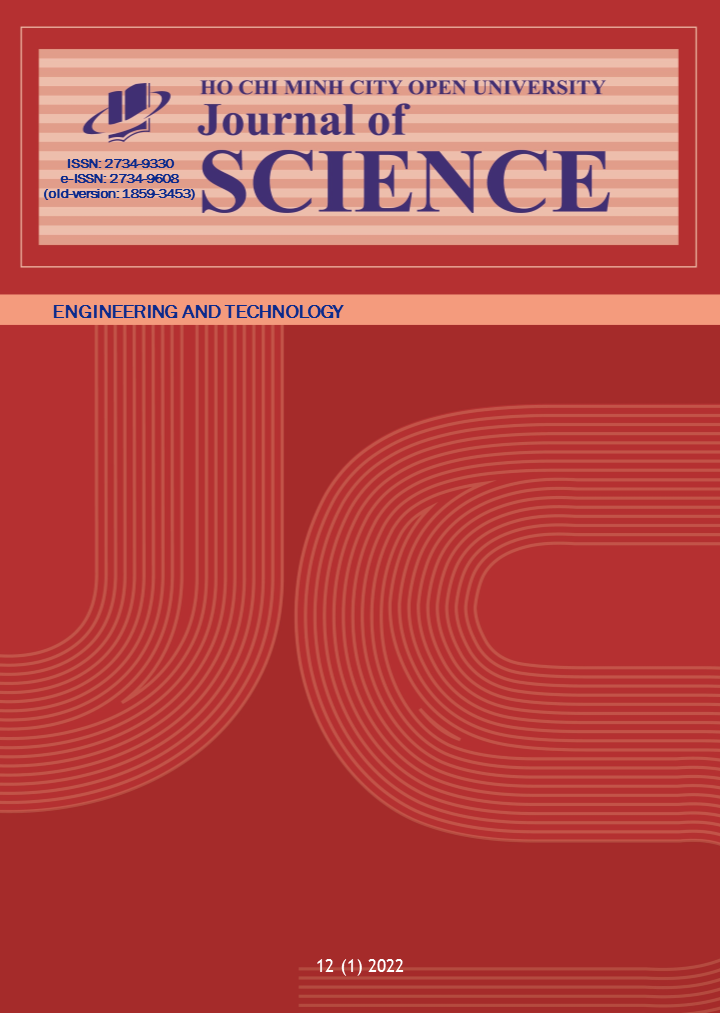Skin carcinogenesis in mice using UVB radiation
Tóm tắt
Ultraviolet B (UVB) radiation is directly related to sunburn and other visible changes on the skin surface, including discoloration and skin carcinoma. This study investigates the influence of UVB rays (wavelength from 290-320nm) on the formation of cancerous tissues and also shows the differences between abnormal and normal tissue. The mice were stimulated with DMBA chemical protocol and exposure to UVB radiation for skin carcinogenesis. Normal and cancerous skin tissue were stained with Hematoxylin and Eosin, then were measured to obtain optical properties by applying Mueller-Matrix Decomposition, which is considered as an effective skin structure analysis method. Long term exposure to UVB radiation caused skin inflammation and the appearance of crystal bumps. Histopathology results clearly indicate the increasing number of papilloma cells, and prolonged damage by UVB radiation. Skin structural analysis was specified with the optical parameters by Mueller Matrix Decomposition method. The extension of skin carcinoma significantly lessened the values of Linear Birefringence (LB) and Circular Birefringence (CB), as well as the variation of Linear Dichroism (LD) and Circular Dichroism (CD) parameters help validate the differences between normal and squamous cell skin sample.

